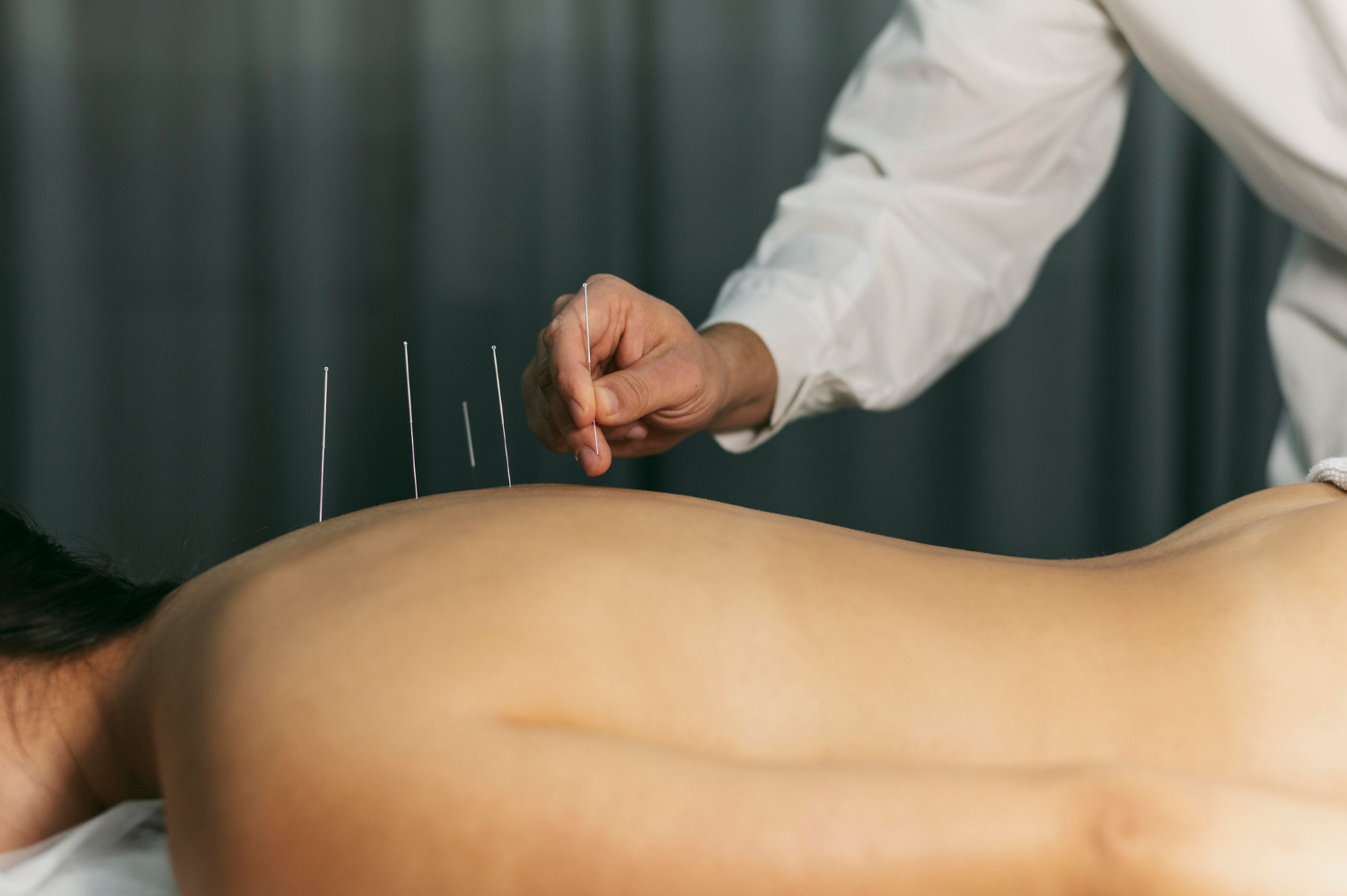IMS/Dry Needling
Overview
Dry needling is a technique physiotherapist use as an alternative approach for the treatment of pain and movement impairments. The technique uses a needle one without medication or injection, inserted through the skin into areas of the muscle. Other terms commonly used to describe dry needling, include trigger point dry needling, and intramuscular manual therapy.
Dry needling involves a thin filiform needle that penetrates the skin and stimulates underlying myofascial trigger points and muscular and connective tissues. The needle allows a physical therapist to target tissues that are not manually palpable. The primary aim is to relieve muscle pain and cramping, but it may also help to improve a person’s flexibility.
A practitioner inserts short, thin, stainless steel filiform needles into pressure points. Also called trigger points, these are tight areas or knots in the muscles. The needles contain no liquid, and nothing is injected.
What Kinds of Pain Does Dry Needling Treat?
- Joint problems
- Disk problems
- Tendinitis
- Migraine and tension-type headaches
- Jaw and mouth problems (such as temporomandibular joint disorders or TMD)
- Whiplash
- Repetitive motion disorders (like carpal tunnel syndrome)
- Spinal problems
- Pelvic pain
- Night cramps

Who Should not have Dry Needling Treatments?
- Pregnant women
- Disk problems
- People who are very afraid of needles
